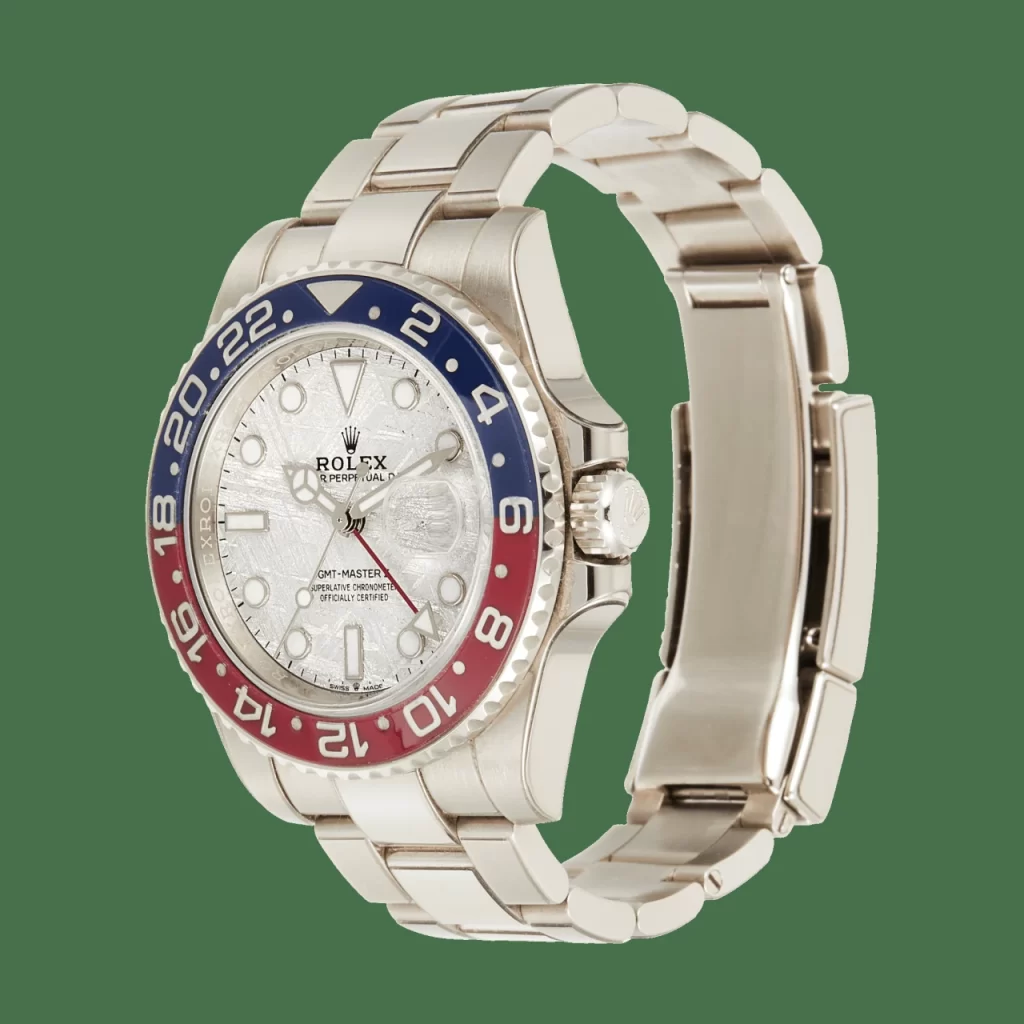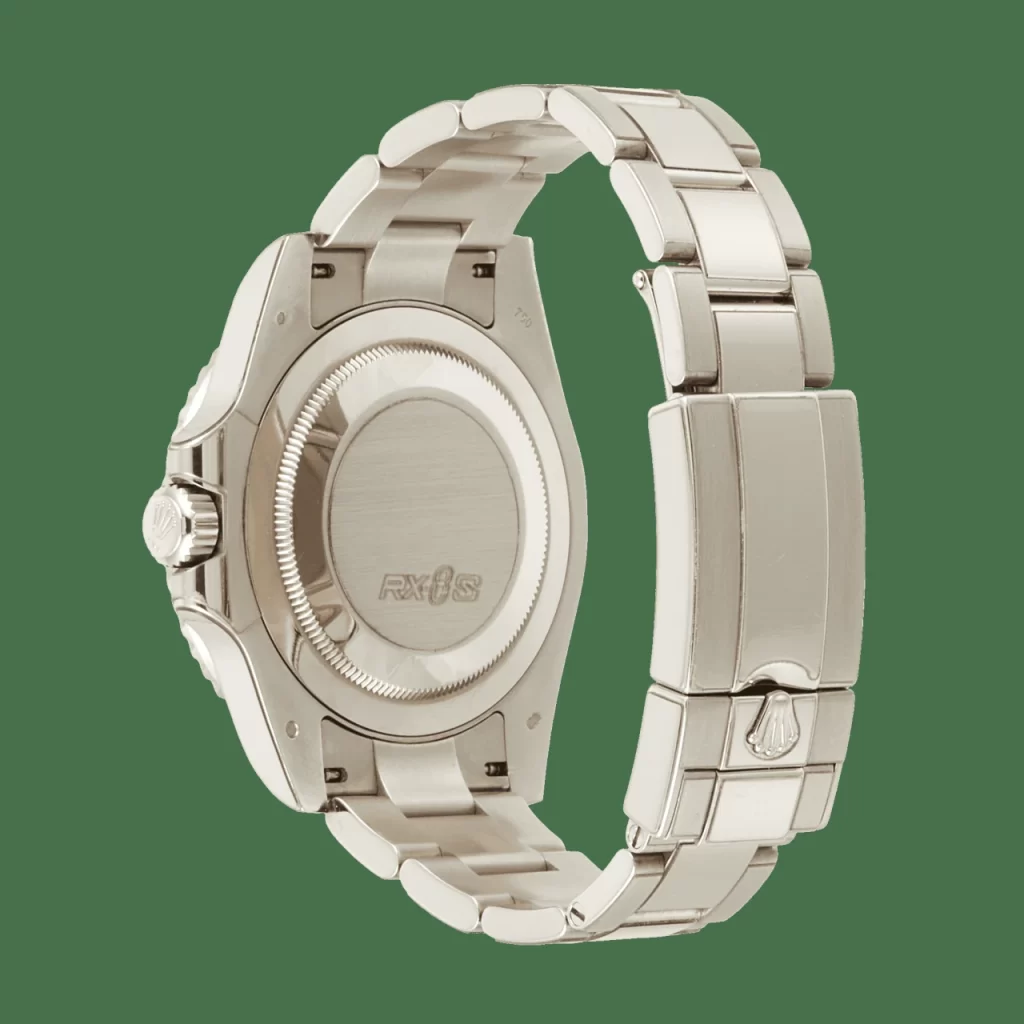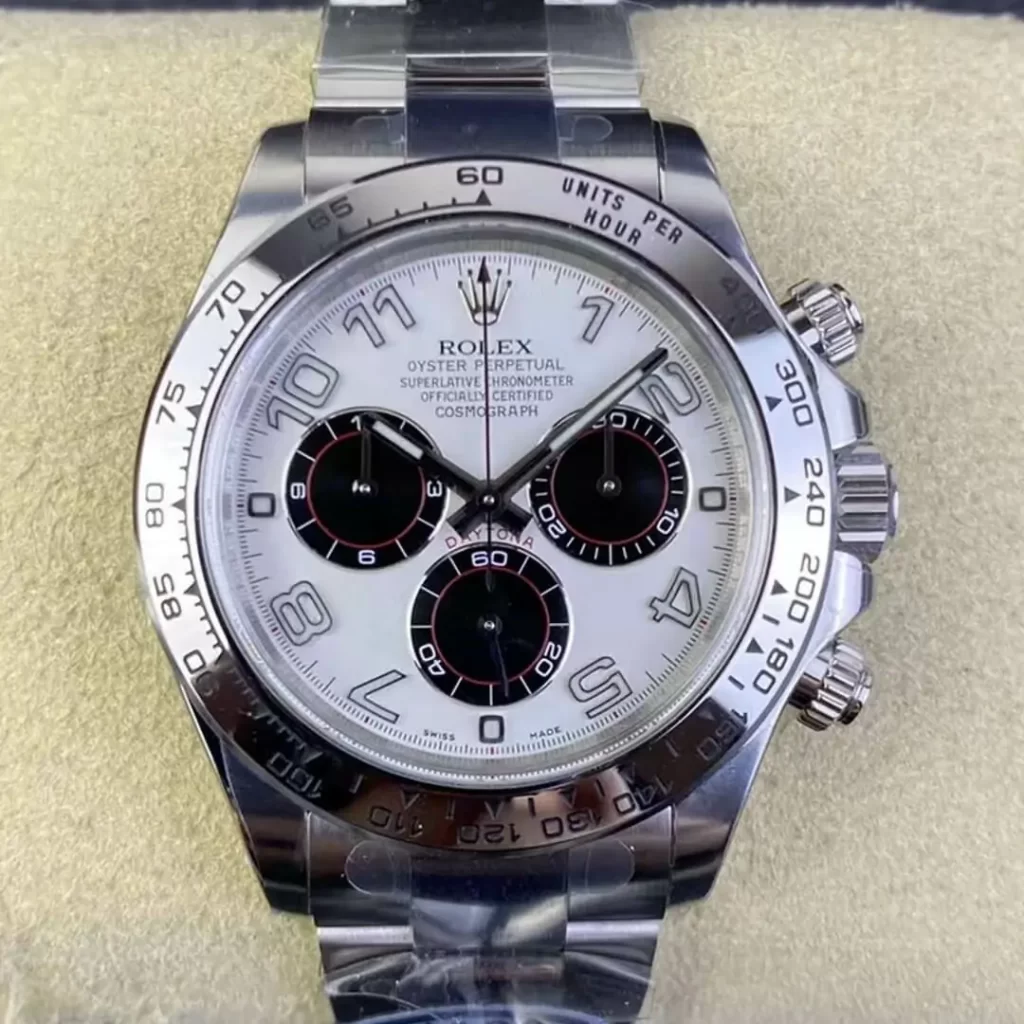Few watches embody luxury and craftsmanship like the Rolex Day-Date. Often overshadowed by newer releases, this flagship model remains a testament to understated brilliance. While its core design remains largely unchanged – a nod to its enduring appeal – the true magic lies in its dials. These canvases of artistry transform each watch into a unique statement. Below, we explore five Day-Date models celebrated not just for their mechanics, but for dials that elevate them to wearable art.

Yellow Gold and Onyx
The Day-Date ref. 18238 (1988-2000) marries practicality with opulence. Its 36mm yellow gold case houses the caliber 3155, a movement lauded for its dual-quickset functionality, allowing seamless adjustment of day and date. But the star is the onyx dial: a void-like black expanse devoid of hour markers, punctuated only by a gold coronet and subtle text. The day and date windows, framed in gold, feature crisp black-on-white typography, while gold hands glide effortlessly over the stone’s polished surface. This interplay of warmth and shadow epitomizes timeless sophistication, with pre-owned models commanding €35K-50K.

White Gold and Birchwood
For those drawn to organic textures, the ref. 18239 in white gold offers a birchwood dial that feels plucked from a winter forest. Introduced in the 1970s, Rolex’s wooden dials – sequoia, mahogany, walnut – were a daring departure from tradition. The birch variant, with its pale, swirling grain, contrasts elegantly against the cool sheen of white gold. Earlier iterations like the ref. 18039 paired this dial with bark-textured bezels, but the 18239’s minimalist execution lets the wood’s natural beauty shine. Priced between €40K-60K, it’s a subtle nod to nature in a world of metallics.
Oxblood Stella
The ref. 1803 (1959-1978) redefined the fake Rolex Day-Date with slimmer lugs, baton hands, and the iconic pie-pan dial. While its technical upgrades – like the high-beat 1565 movement – are noteworthy, collectors covet its Stella lacquer dials. Among these, the oxblood variant stands apart. Unlike the vibrant blues and greens typically associated with Stella, this deep crimson exudes a muted, almost somber elegance. Paired with a yellow gold case, it evokes mid-century glamour. At €50K, it’s a steal compared to rarer hues like lilac, which command seven-figure sums.

Coral Stone
Few materials rival the ref. 18238’s coral dial in sheer audacity. Carved from natural stone, its burnt-orange surface lacks markers, emphasizing organic imperfections: faint veining, a matte patina, and a warmth no lacquer can replicate. Unlike the “coral red” Stella dials (which use enamel), this version feels alive, shifting subtly under light. Once overlooked, coral Day-Dates now fetch up to €200K, a testament to their scarcity and the growing appetite for unconventional luxury.
Jasper and White Gold
Closing the list is the ref. 18239, cloaked in white gold and crowned by a jasper dial. The stone’s deep green hue – flecked with russet or gold in some specimens – echoes Rolex’s signature color palette. Its rugged texture contrasts with the bracelet’s polished links, creating a tension between raw and refined. Rare and prone to hairline cracks, intact jasper dials are unicorns in the vintage market. For tennis aficionados, the shade evokes Wimbledon’s hallowed lawns; for others, it’s simply horological poetry.
From stone to wood, lacquer to gem, these dials transcend mere functionality. They remind us that a replica watch is more than a tool – it’s a narrative, a collision of art and engineering. While prices vary, each model shares a common thread: the Day-Date’s unmatched ability to wear the extraordinary with effortless grace.